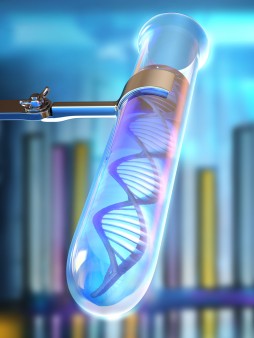Even when people living with HIV have a fully suppressed virus thanks to antiretroviral (ARV) treatment, they may have defective HIV DNA in their cells that can give rise to HIV-related proteins. Researchers arrived at this determination by creating and studying multiple copies of nearly full-length versions of what is known as a provirus: double-stranded HIV DNA encoded in a cell’s genome (which ARVs don’t eliminate). They did the same with the single-stranded HIV RNA copies the provirus produces. The scientists detected copies of HIV RNA that corresponded to defective provirus in a cell; this suggested that defective provirus had yielded new HIV RNA. Next, they found that such RNA could itself give rise to intact HIV-related proteins (but not to actual HIV proteins that could construct a new virus). This phenomenon could be a barrier to a cure.


Istock






Comments
Comments